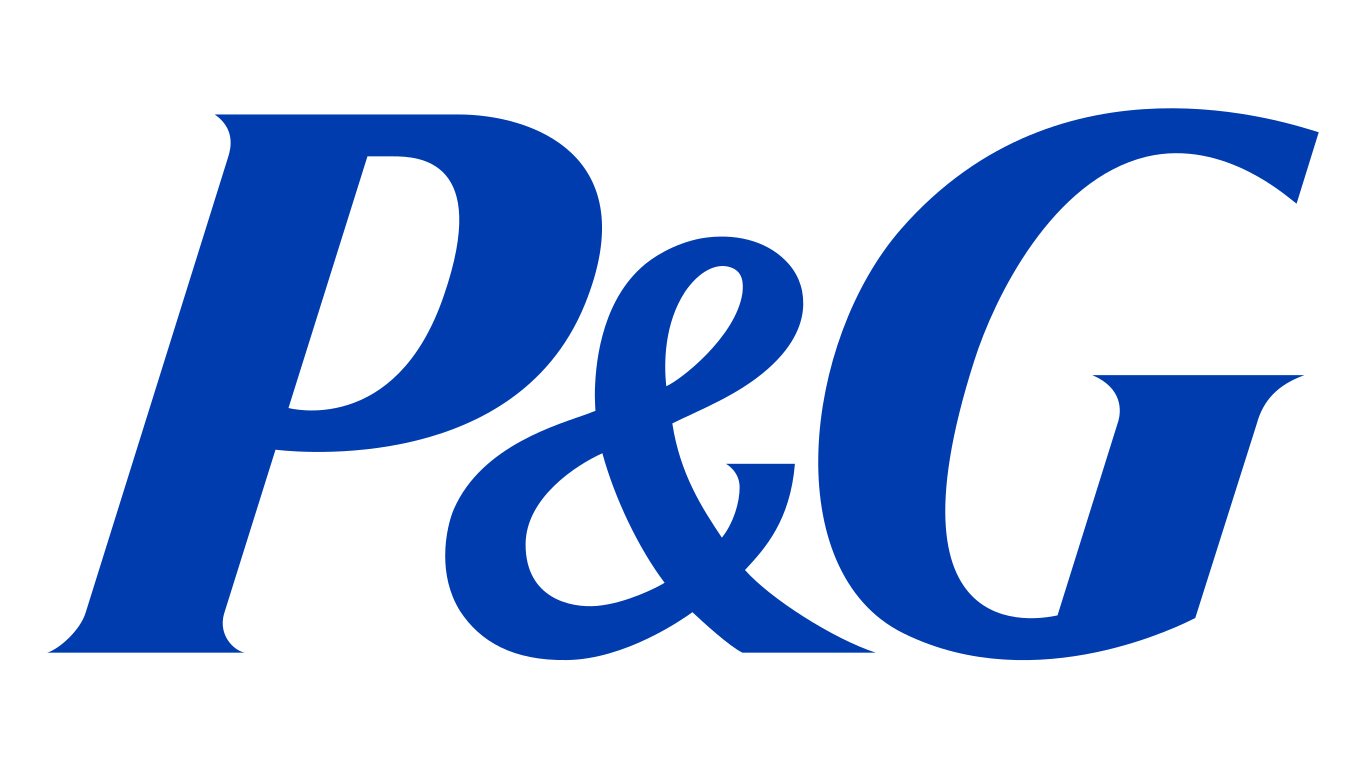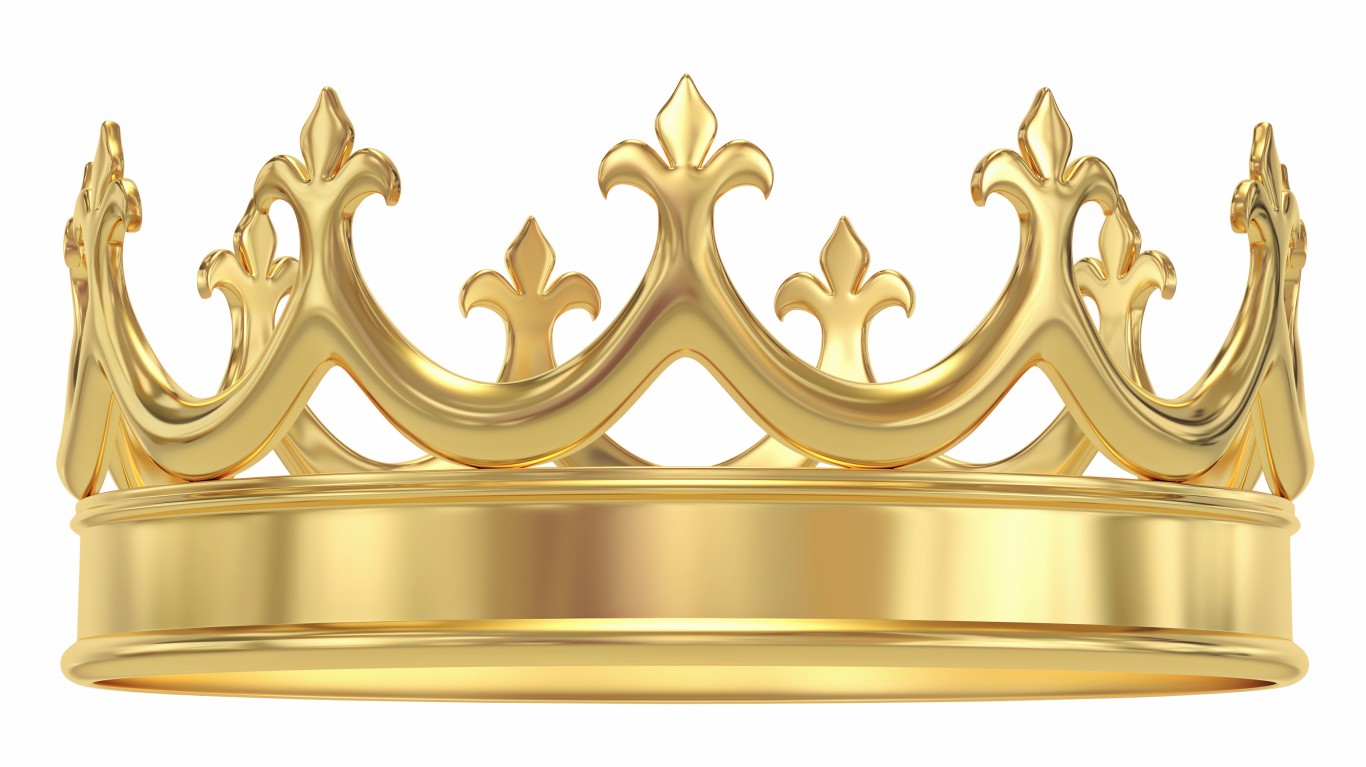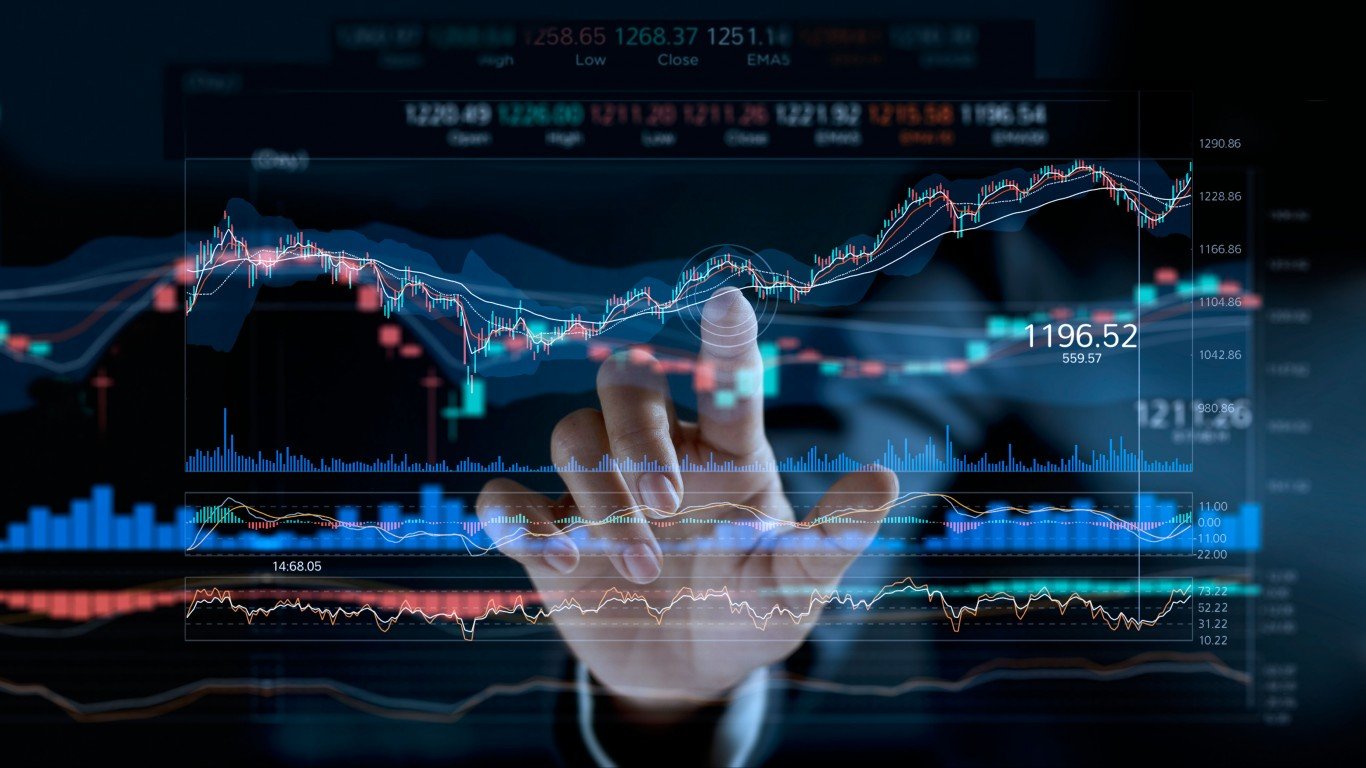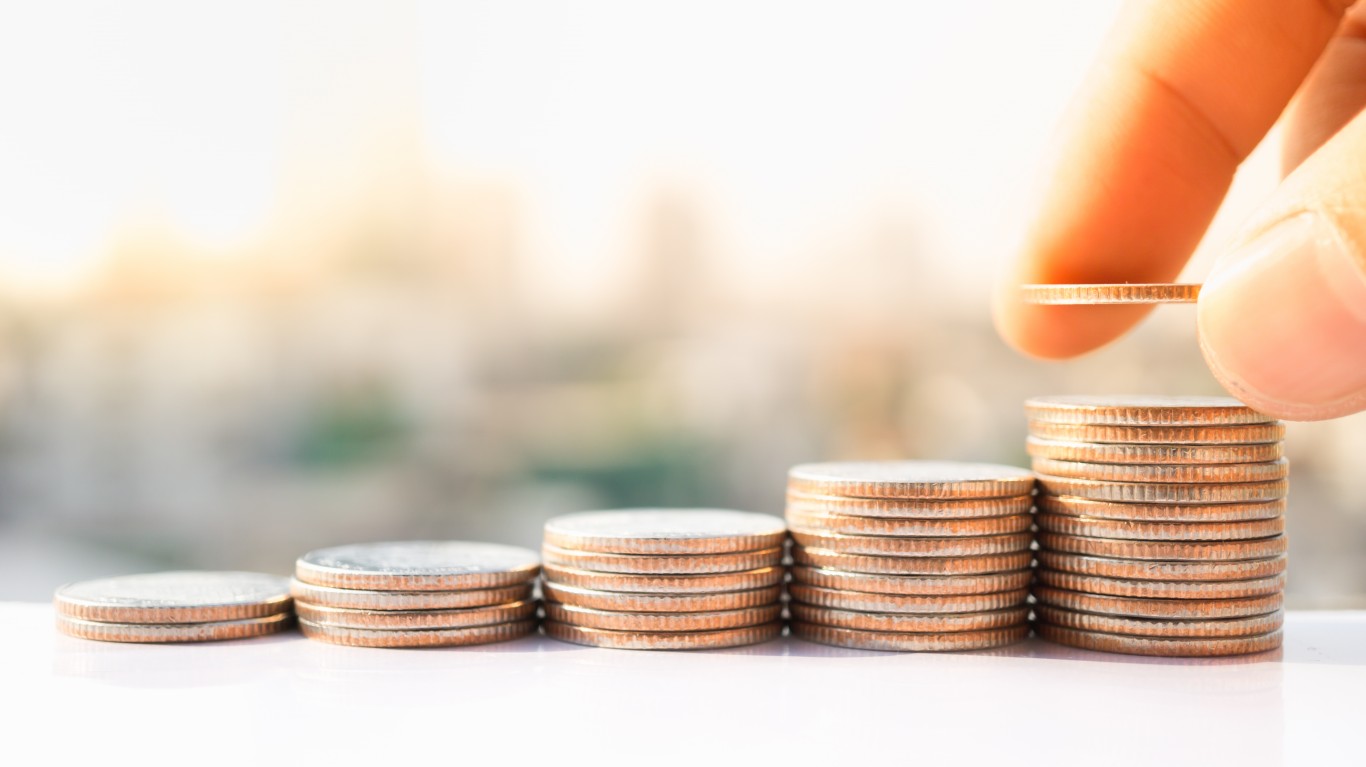

A key component of income investing is a portfolio that includes safe dividends, those that are unlikely to shrink or disappear. Recognizing when a dividend is stable and safe can be a challenge. Yet, certain metrics can offer clear signs for the investor looking to establish or shore up such a portfolio. What do these metrics tell us about the quarterly dividend at Procter & Gamble Co. (NYSE: PG)?
Procter & Gamble’s most recent payout was $0.9407 a share, and the yield is now about 2.5%. The next ex-dividend date is expected in April. The current yield is about the same as that of competitor Colgate-Palmolive Co. (NYSE: CL) but a little less than those of Clorox Co. (NYSE: CLX), Kimberly-Clark Corp. (NYSE: KMB) and Unilever PLC (NYSE: UL). It is also lower than the industry average near 3%.
Dividend Aristocrat?

Other Valuation Metrics

The dividend payout ratio indicates how much of a company’s earnings are paid out as a dividend. It is a sign of how safe a company’s dividend is and how much room it has for future growth. The higher the ratio, the greater the risk. Income investors often look for a dividend payout ratio of less than 60%. Procter & Gamble squeaks in under the wire with a current dividend payout ratio of about 59%. That is higher than the industry average though. And note that the company’s average dividend payout ratio for the past decade is 64%.
A look at free cash flow reveals whether the company has the funds required for its payout, as well as for share repurchases or even paying down debt or making acquisitions. Income investors prefer growing free cash flows. At Procter & Gamble, it varies year to year, ranging from $9.9 billion to $15.6 billion in the past decade, with no clear directional trend.
Return on invested capital is a measure of how well a company allocates its capital to profitable projects or investments. Again, the thing to look for is stability, specifically a double-digit ROIC over many years. Procter & Gamble’s most recent ROIC is more than 21%. Except for a period early in the pandemic, this figure has generally risen since the end of 2013m when it was about 12%.
Operating margin is a measure of the percentage of revenue a company keeps as operating profit. Here too the preference is for a stable double-digit percentage increase. The current figure is around 26%. Except for in that same early pandemic period, the Procter & Gamble operating margin has been above 15% and trending upward for the past decade.
A look at sales growth offers a clue to the volatility or cyclical nature of the business. Steady, moderate growth, say 3% to 7%, is ideal. Procter & Gamble’s revenue has grown every year since 2017, from over $65.0 billion to about $82.0 billion for 2023.
A company’s net debt-to-capital ratio also can signal whether a dividend may be at risk. Because too much debt can put dividends at risk in hard times, a lower ratio is considered better. Procter & Gamble’s ratio near 0.3 in recent years looks attractive. It is about the same as at Unilever and lower than those of the other competitors mentioned above.
Probably the most popular valuation metric is the price-to-earnings (PE) ratio. This indicates whether a stock is expensive or cheap at its current market price, compared to the broader market or to competitors. Procter & Gamble’s current PE ratio of more than 24 is about the same as for the past couple of years. The forward PE is less than 23. While that compares with a historical benchmark of 15, the broader market’s current PE is 24 or so. PEs at Kimberley-Clark and Unilever are less than Procter & Gamble’s, but at Colgate-Palmolive and Clorox they are much higher. (Why the six highest-yielding Warren Buffett stocks are perfect 2024 investments.)
And finally, the number of shares outstanding is worth a look. When companies buy back their shares, that number shrinks. But secondary offerings of stock increase that number. Investors tend to prefer a declining total, as that increases their stake over time. For Procter & Gamble, the number of shares has declined from about 3.0 billion in 2010 to less than 2.5 billion most recently. The company reported $1.5 billion of common stock repurchases in the most recent quarter and expects to buy back up to $6 billion in the full year.
Summary

| Dividend Aristocrat | ✔ |
| Dividend payout ratio | ✔ |
| Free cash flow | 🗙 |
| Return on invested capital | ✔ |
| Operating margin | ✔ |
| Sales growth | ✔ |
| Net debt-to-capital ratio | ✔ |
| PE ratio | 🗙 |
| Shares outstanding | ✔ |
It is highly unlikely that this Dividend King will be going away anytime soon, and presumably its dividend is safe for a while. However, note that analysts on average have a cautious Buy rating on the shares, and their mean price target suggests there is little upside in the stock in the next 12 months. That may turn off growth investors, but income investors may want to take a look.
Take This Retirement Quiz To Get Matched With An Advisor Now (Sponsored)
Are you ready for retirement? Planning for retirement can be overwhelming, that’s why it could be a good idea to speak to a fiduciary financial advisor about your goals today.
Start by taking this retirement quiz right here from SmartAsset that will match you with up to 3 financial advisors that serve your area and beyond in 5 minutes. Smart Asset is now matching over 50,000 people a month.
Click here now to get started.
Thank you for reading! Have some feedback for us?
Contact the 24/7 Wall St. editorial team.



